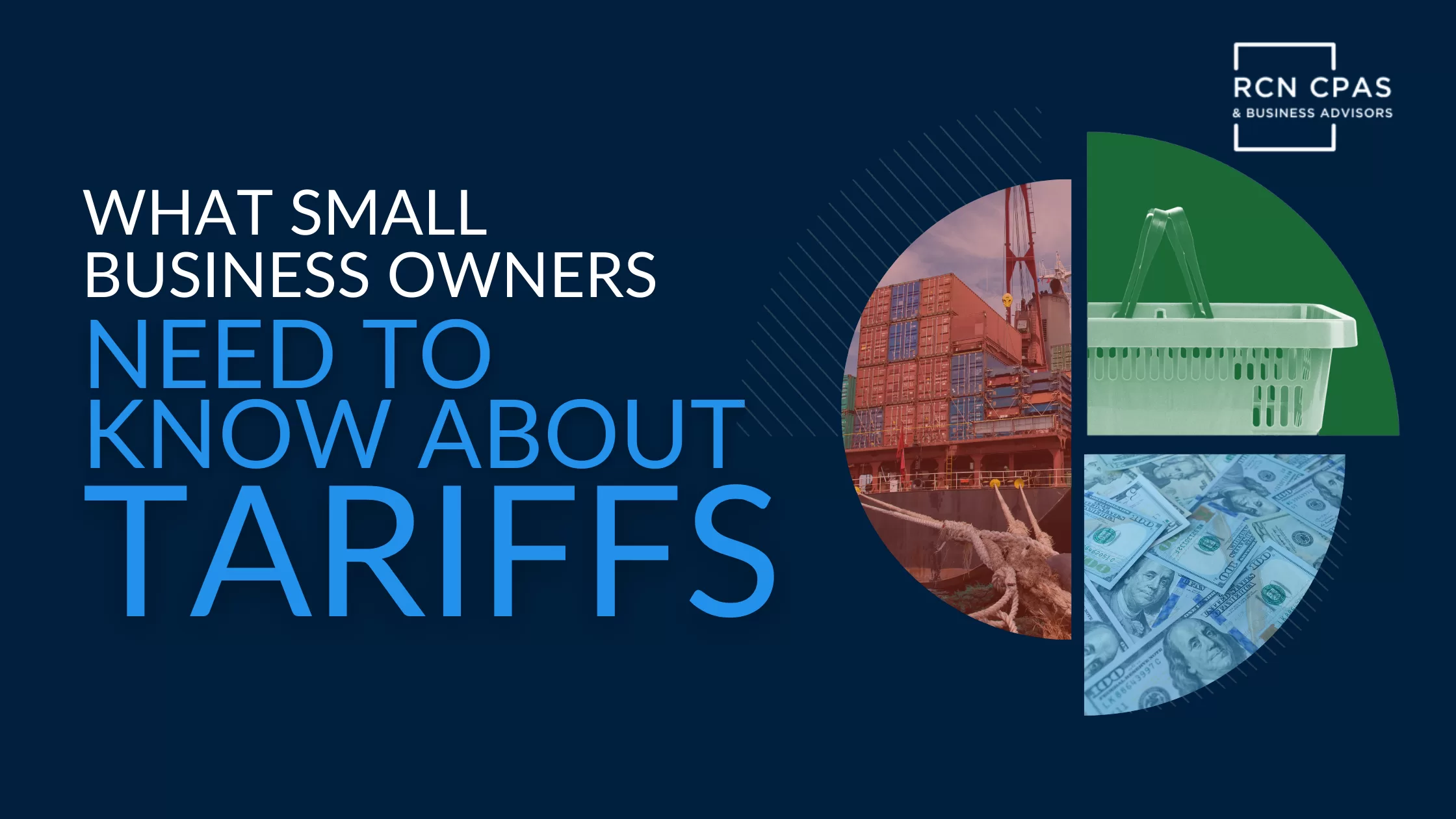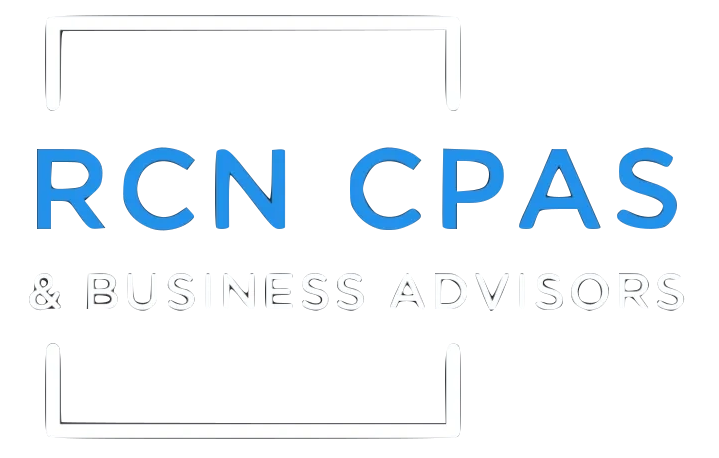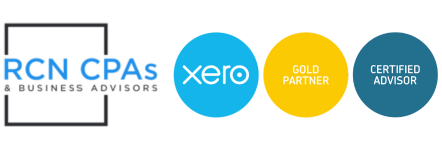What Small Business Owners Need to Know About Tariffs

Let’s be real. Tariffs aren’t some abstract economic theory floating in the news. They’re hitting your bottom line directly, acting as tangible cost increases you can’t ignore. If you’re a manufacturing, retail, or e-commerce business owner, understanding the tariff landscape isn’t just smart—it’s essential for survival and growth in today’s market. The impact can be subtle, chipping away at your margins, or it can be a major shockwave depending on your specific business and how reliant you are on international supply chains.
So, what exactly are we talking about? A tariff is essentially a tax the government imposes on exported or imported goods. Think of it as a way to make imported products more expensive, theoretically leveling the playing field for domestic producers and boosting national revenue.
Now, it’s not a one-size-fits-all situation. There are different kinds of tariffs out there, each with its own set of headaches (or manageable challenges) for your business:
Specific Tariffs: These are like a flat fee per item—say, $2 tacked onto every kilogram of fabric you import. They’re predictable, sure, but can really sting if you’re dealing with lower-priced goods.
Ad Valorem Tariffs: These are percentage-based, like a 10% charge on the value of imported electronics. This adds a layer of complexity because the tax you pay changes with the product’s price.
Compound Tariffs: These are a mix of both, making things even murkier and potentially more expensive, especially if you’re just starting to navigate international pricing.
How Tariffs Influence Import and Export Costs
When tariffs go up or new ones are introduced, the immediate impact is on the cost of your imported materials and finished goods. These added expenses rarely stay at the top; they get passed down the line to manufacturers, distributors, and retailers, ultimately often hitting consumers. For you, the business owner, this translates to tighter profit margins or some tough decisions about your pricing strategy.
But it’s not just about the direct cost. Tariffs have a ripple effect throughout your entire supply chain. A tariff on steel, for instance, doesn’t just affect steel importers. It can drive up prices and limit availability for industries like construction, car manufacturing, and even appliance makers. This can lead to longer wait times, complicated negotiations with suppliers, and disruptions in your inventory flow.
Faced with this volatility, you’re likely wrestling with your pricing. Do you absorb the extra cost? Pass it on to your customers? Or try to find ways to redesign your products or find new, less expensive sources? These are big decisions that impact your brand, customer loyalty, and the long-term health of your business.
Beyond the obvious tariff tax, there are often hidden costs involved. Think about extra customs fees, delays in getting your goods cleared, the expense of compliance checks, or even penalties for paperwork errors. These seemingly small costs can quietly eat away at your profits if you’re not careful.
Mitigating Tariff Exposure
So, what can you do to weather this tariff storm? Smart business owners are exploring strategic shifts. One option is to diversify your suppliers, especially looking at countries with more favorable trade agreements. This can not only lower your tariff burden but also protect you from geopolitical disruptions. Another strategy is to re-evaluate where you manufacture your goods. Bringing production closer to home can, in the long run, reduce your exposure to international volatility.
If you’re in the digital or service-based economy, the tariff landscape looks quite different. Generally, digital goods like software, downloads, and cloud services aren’t subject to traditional tariffs. This could be an attractive avenue for entrepreneurs looking to avoid the complexities of physical goods and customs.
Proactive risk management is crucial. This means planning for different scenarios, having flexible sourcing strategies, and using real-time trade intelligence platforms. Businesses that build these elements into their operations won’t just survive tariff shocks—they’ll be better positioned for long-term success in an increasingly protectionist world.
Tariffs are no longer just a concern for big corporations. They are a key factor in your competitiveness, pricing decisions, and overall strategy. Those who take the time to understand their intricacies and respond with agility will not only navigate the shifting tides of global trade but will also be able to steer their course through them.





